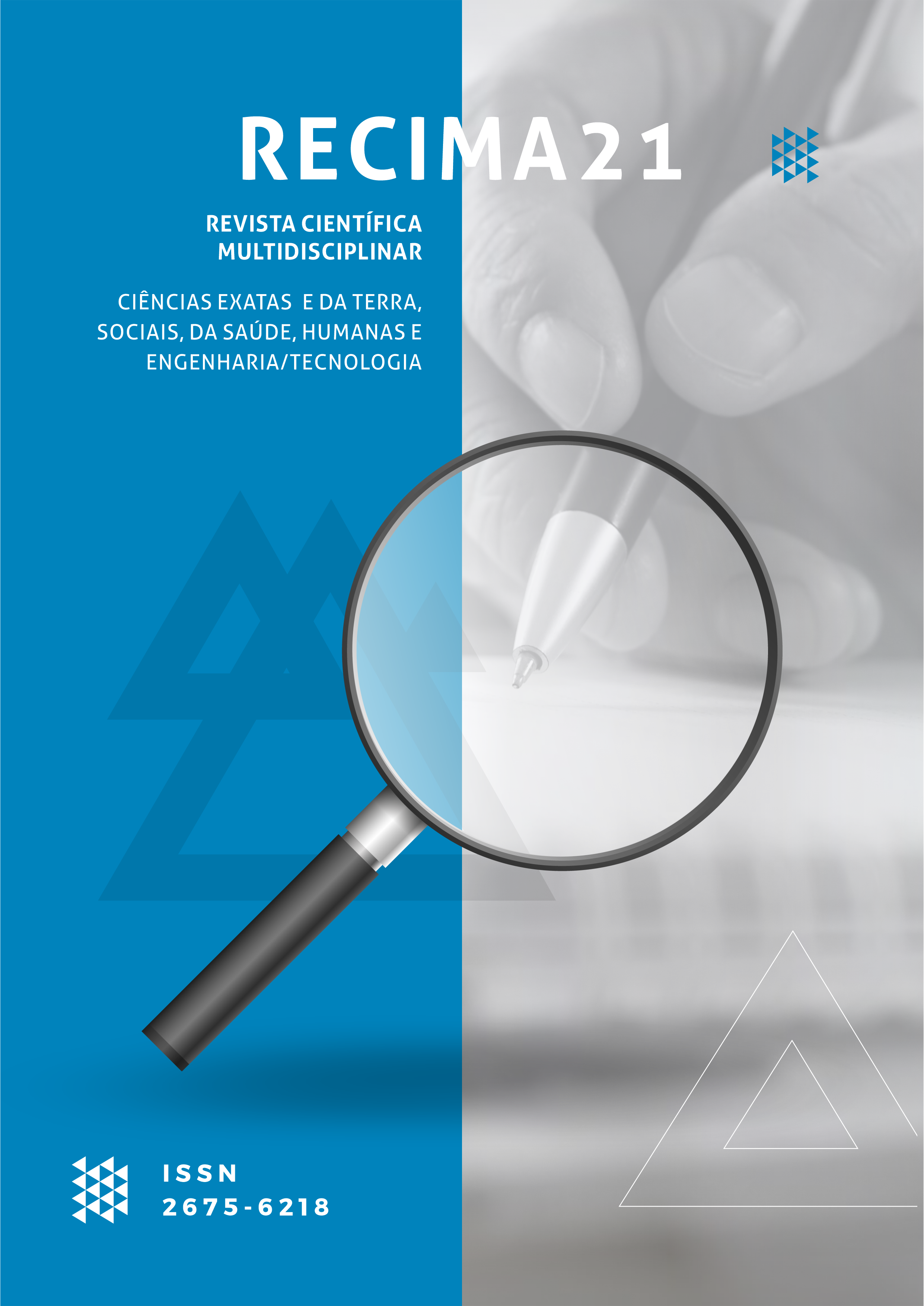A COMPARATIVE STATISTICAL APPROACH WITH CHILDREN WHO HAVE AND HAVE NOT PASSED THROUGH THE STATE PROGRAM OF RESISTANCE TO DRUG AND VIOLENCE (PROERD) OF SCHOOLS IN THE PUBLIC NETWORK OF THE MUNICIPALITY OF COLOMBO/PR - BRASIL
DOI:
https://doi.org/10.47820/recima21.v3i8.1782Keywords:
child, d.a.r.e, drug, crime, misdemeanor.Abstract
The general objective of this article is to present a comparative statistical analysis between children who have and have not passed the State Program of Resistance to Drugs and Violence (PROERD), both from public schools in the municipality of Colombo/PR, In this study, we conducted a comparative statistical analysis of children who had and had not gone through the State Program of Resistance to Drugs and Violence (PROERD), both public schools in the municipality of Colombo/PR, metropolitan region of Curitiba/PR, and who were reported as perpetrators or perpetrators of crimes or misdemeanors registered in the Unified Police Offices of the Military Police of the State of Paraná (PMPR) and Civil Police of Paraná (PCPR). The motivation arose from a research by the U.S. Department of Justice on the same subject. The following question was posed: Did the young people who took the PROERD program in the city of Colombo/PR have a lower incidence of crime than those who did not go through the program? As a methodology, the Dashboard software was used to identify the existing links between BOUs and children who did and did not go through PROERD, making it possible to develop the proposed analysis. Finally, it was found that children who went through PROERD figured, numerically, as authors or reported in more BOUs than children who did not go through the program, i.e., students who went through PROERD committed more crimes than those who did not go through the program.
Downloads
References
ABRAMOVAY, Miriam; RUA, Maria das Graças. Violência nas escolas. Brasília, DF: Ed.Unesco, 2002.
AMERICAN PSYCHOLOGICAL ASSOCIATION. Project DARE: No effects at 10-year follow-up. Disponível em: < https://psycnet.apa.org/record/1999-03346-017>. Acesso em: 21 de jul. de 2022.
ESCOLA MUNICIPAL JOHN KENNEDY. Relação de alunos matriculados no 5º ano, dos anos de 2014 a 2017.
ESCOLA MUNICIPAL ARLINDO ANDRETTA. Relação de alunos matriculados no 5º ano, dos anos de 2014 a 2017.
HISTÓRICO DO PROERD. Disponível em: <http://proerdbrasil.com.br/oproerd/oprograma.htm>. Acesso em: 21 de jul. de 2022.
MINISTÉRIO DA JUSTIÇA. VI Levantamento nacional sobre o consumo de drogas psicotrópicas entre estudantes do ensino fundamental e médio da rede pública de ensino nas 27 capitais brasileiras. Brasília, DF: Departamento de Psicologia da Escola Paulista de Medicina e Secretaria Nacional Antidrogas, 2010.
PEROVANO, Dalton G. Concepções dos instrutores do Programa Educacional de Resistência às Drogas e à Violência sobre a sua formação. Dissertação de Mestrado. Universidade Federal do Paraná. Curitiba, 2006.
SCHENKER, M.; MINAYO, M. C. S. (2005). Fatores de risco e de proteção para o uso de drogas na adolescência. Ciência e Saúde Coletiva, 10(3), 707-717.
SOUZA FILHO, Roberto Pereira. A percepção da comunidade escolar sobre o Programa Educacional de Resistências as Drogas e Violência, PROERD na Escola Estadual Manoel Vitorino em Salvador. Dissertação (Mestrado em Políticas sociais e cidadania) Universidade Católica do Salvador. Bahia, 2008.
USP, Universidade de São Paulo. Adolescentes têm seu primeiro contato com bebida aos 13 anos. Disponível em: <https://www5.usp.br/noticias/saude-2/adolescentes-tem-seu-primeiro-contato-com-bebida-aos-13-anos/>. Acesso em: 21 de jul. de 2022.
U.S. DEPARTMENT OF JUSTICE. Past and Future Directions of the D.A.R.E Program: An Evaluation Review. Disponível em: <https://www.ncjrs.gov/pdffiles1/Digitization/152055NCJRS.pdf>. Acesso em: 21 de jul. de 2022.
LANDMARKRECOVERY. Why the DARE Program Failed. Disponível em: <https://landmarkrecovery.com/why-the-dare-program-failed/>. Acesso em: 21 de jul. de 2022.
ZANELLA, L. Metodologia de Estudo e de Pesquisa em Administração. Brasília: CAPES, 2009.
Downloads
Published
Issue
Section
Categories
License
Copyright (c) 2022 RECIMA21 - Revista Científica Multidisciplinar - ISSN 2675-6218

This work is licensed under a Creative Commons Attribution 4.0 International License.
Os direitos autorais dos artigos/resenhas/TCCs publicados pertecem à revista RECIMA21, e seguem o padrão Creative Commons (CC BY 4.0), permitindo a cópia ou reprodução, desde que cite a fonte e respeite os direitos dos autores e contenham menção aos mesmos nos créditos. Toda e qualquer obra publicada na revista, seu conteúdo é de responsabilidade dos autores, cabendo a RECIMA21 apenas ser o veículo de divulgação, seguindo os padrões nacionais e internacionais de publicação.













